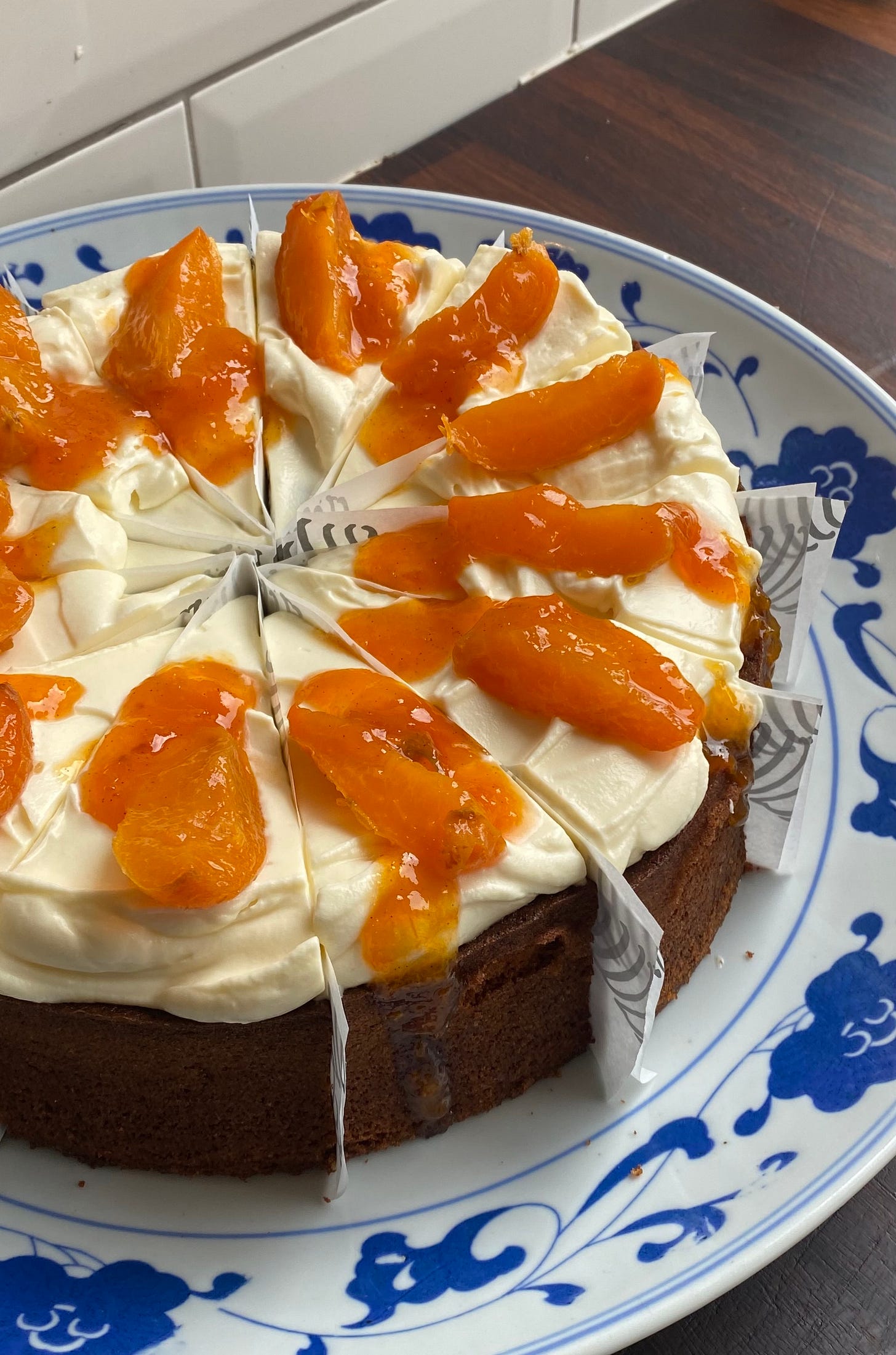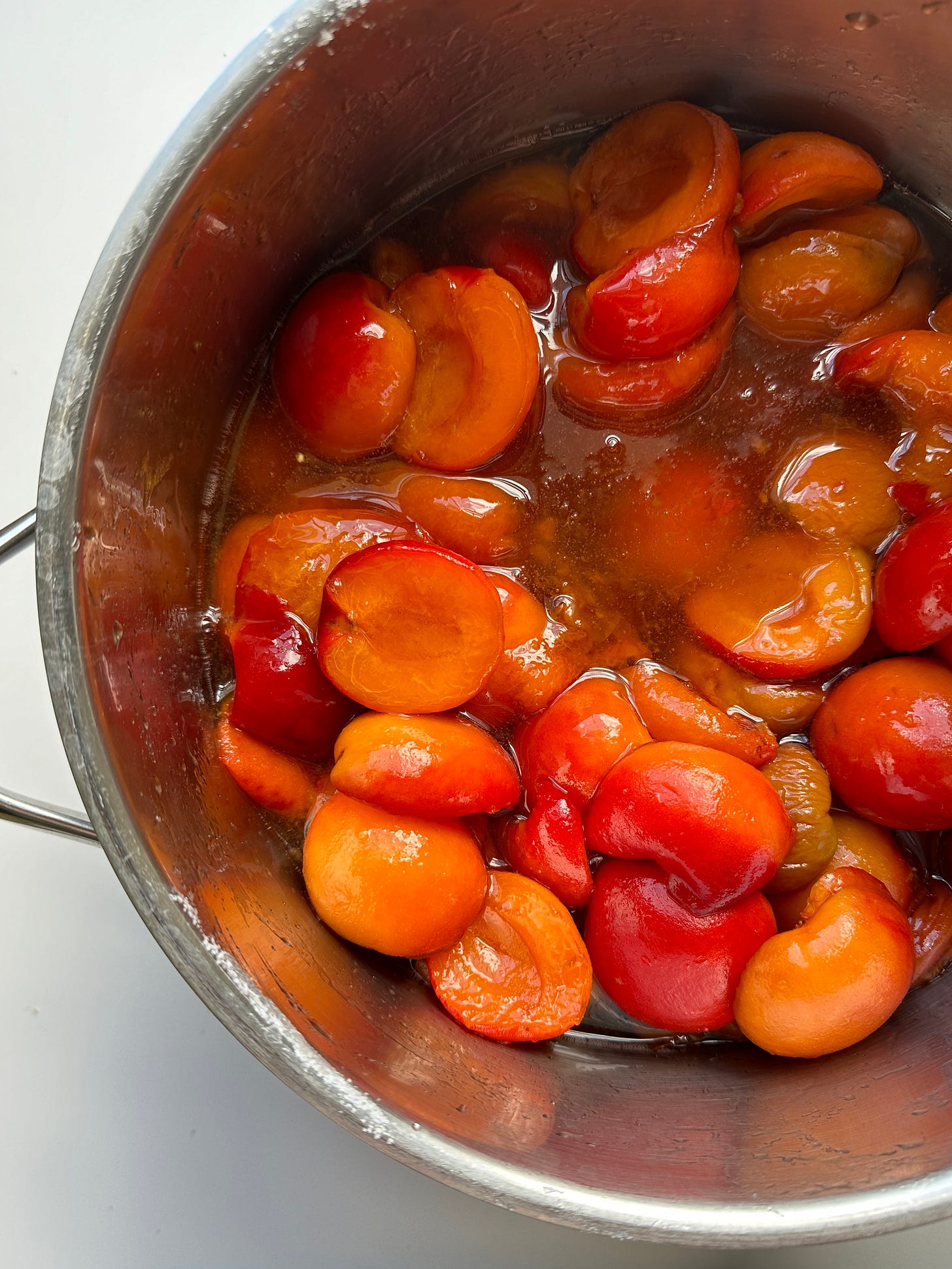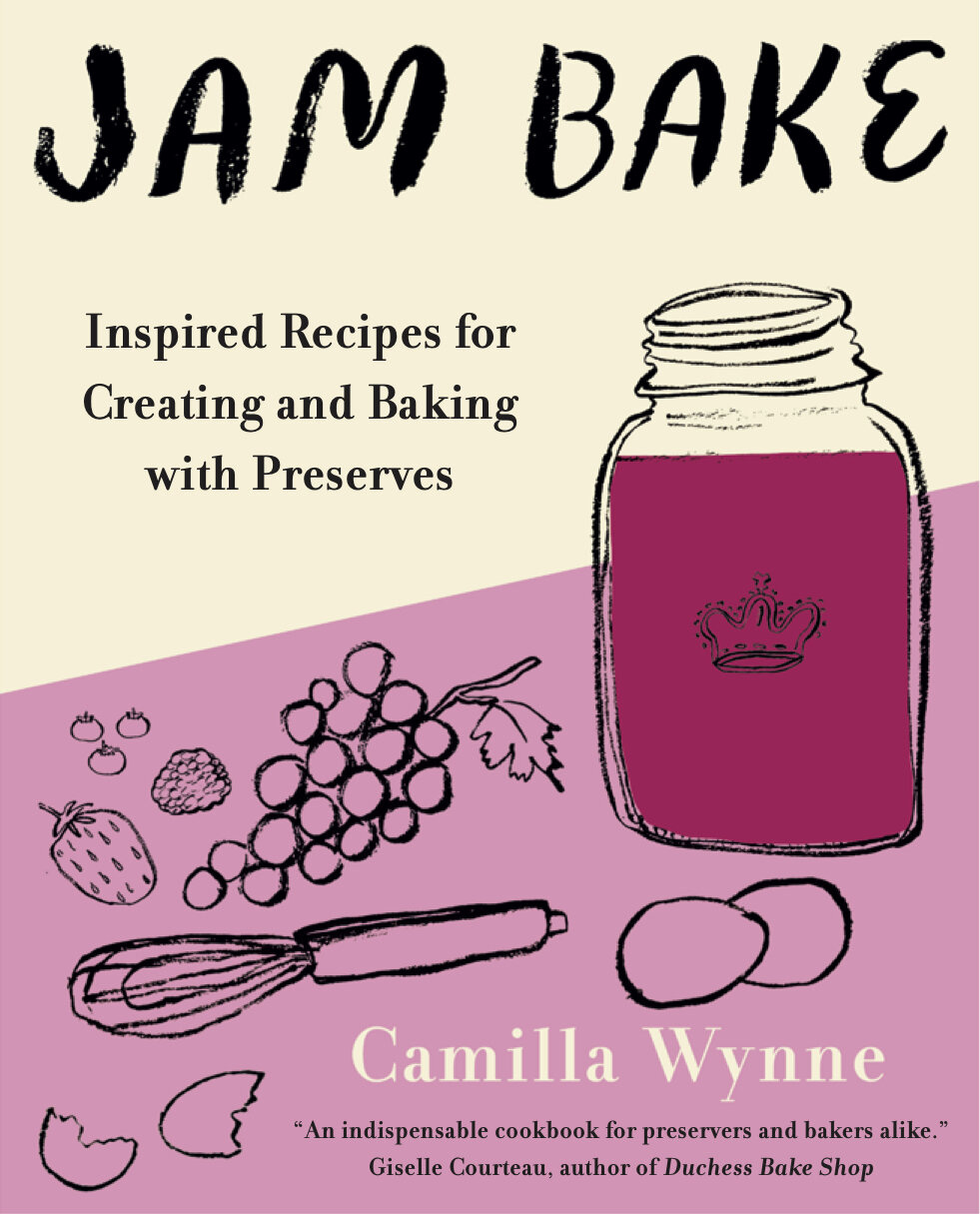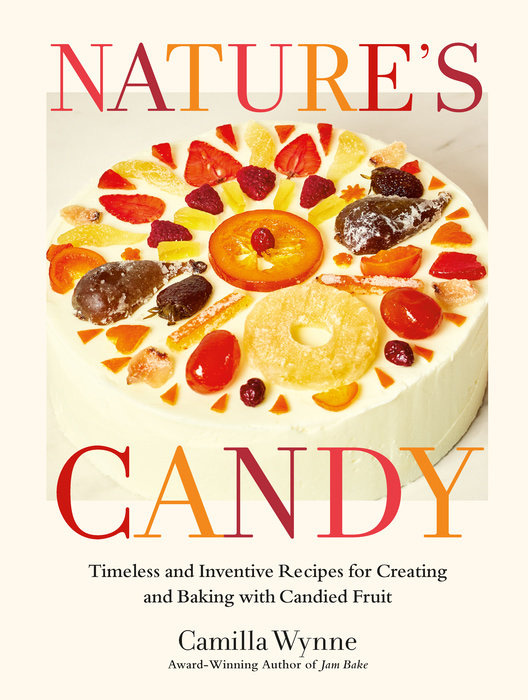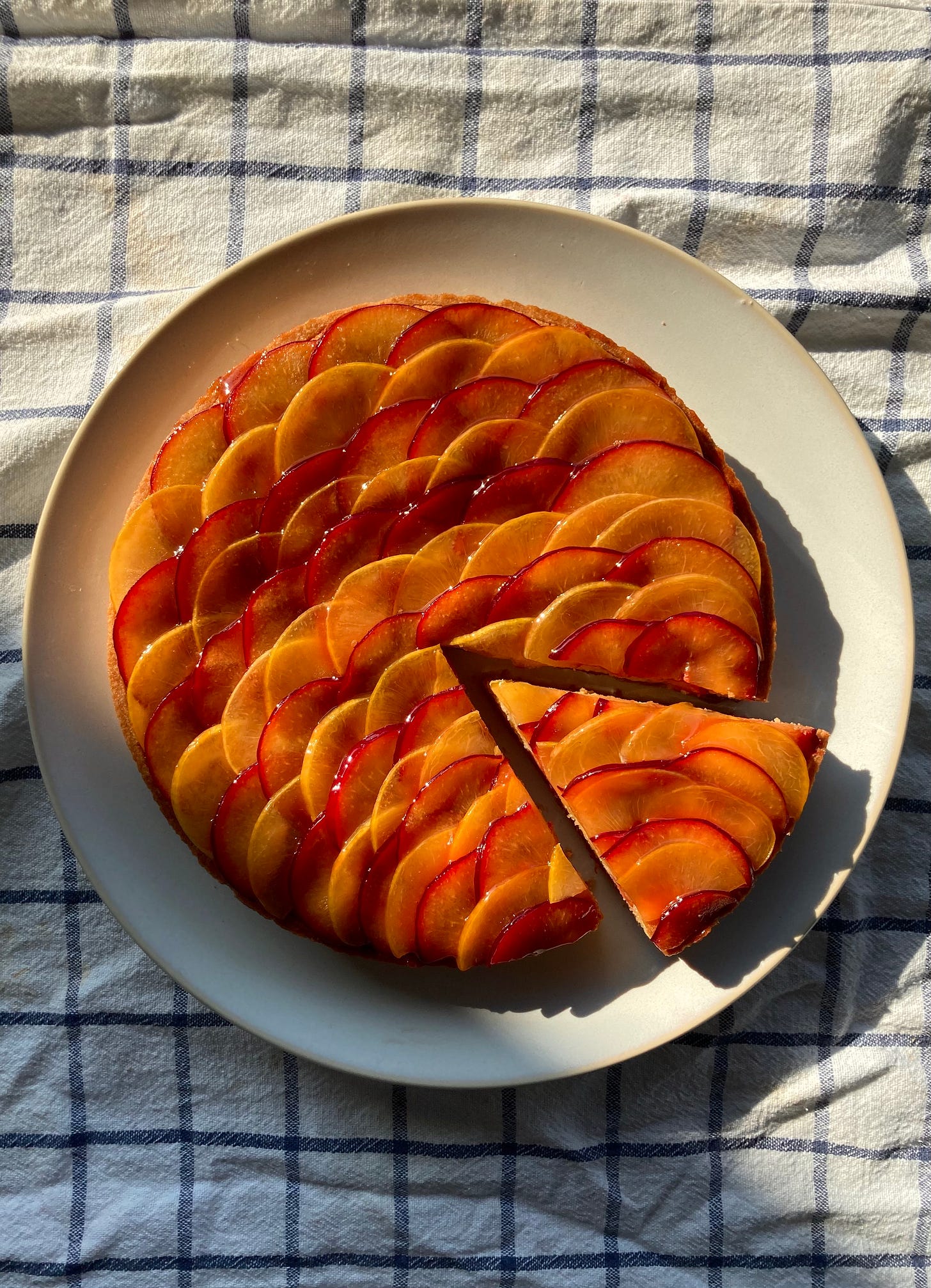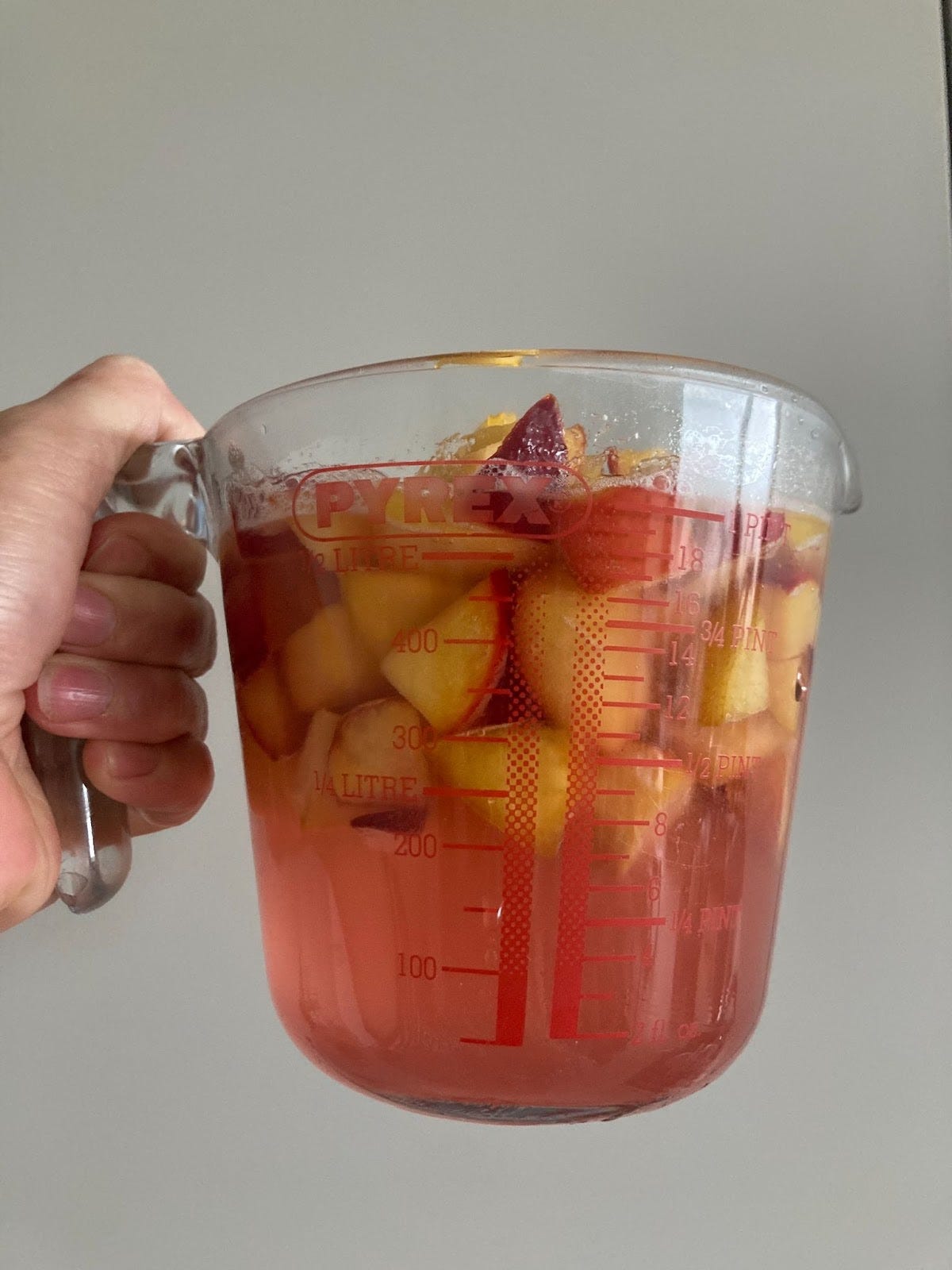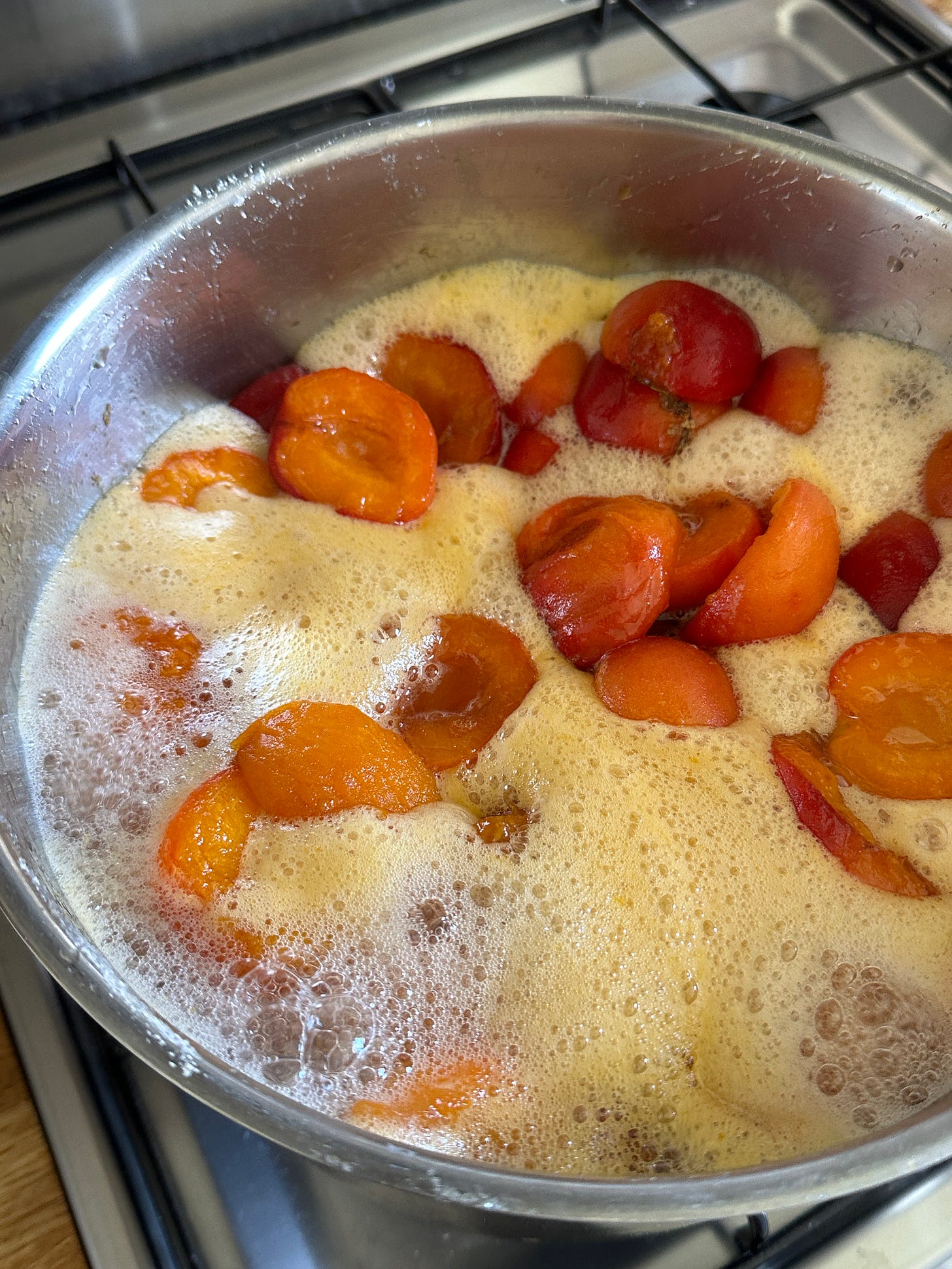My Favourite Jam
meet my jamfluencers! plus a recipe for KP+
When summer comes, the heat - at last - beating down and the shorts finally unpacked from long-term winter storage (just me?), you might forget that standing over a hot stove, jam bubbling away, is one of the best tasks of the summer months. Fruit, finally, has reached its rightful place in the venn diagram between ‘not too expensive’ and ‘actually delicious’. Rock hard, flavourless peaches are a distant memory! Blueberries have flavour! Strawberries are back, baby! Woo!
Of the summer fruits, which mostly all make worthwhile preserves, I’d be lost without apricot jam. If there was a league table, it wouldn’t even be worth any other jams entering the season. Forgive me if that was a clunky sports pun - my knowledge of leagues is surface deep at best, but all this to say is… Apricot Jam! It’s the one for me!
And, you’ll be happy to know that it’s also one of the absolute easiest. A never let you down. A forever faithful. A jewel. Whether you’re sploging it onto cakes, spooning onto scones or using it to glaze cakes, it’s the best jam to have in stock. It’s also great on a cheeseboard - it’s just got that main character energy, okay?
My Jamfluencers
Everything I know about jam, which I maintain is relatively little, I have learned from Camilla Wynne. Her book Jam Bake actually changed my view on preserving entirely.
Before getting her books, and reading her writing, I was quite anxious about preserving. I felt it was a mountain I wasn’t 1) prepared for or 2) that interested in climbing. Now I realise I was making a big deal out of nothing. I even felt confident enough to demo how to make jam on my book tour to a room of 100 people at Toppings in Bath!
Though I’m light years away from being a master of preserving like Camilla (I am a master fan, however), I understand now that you can make a few good jams with just a few basic skills that are way easier than you think. While i’ll always rely on Camilla for the detailed how-to, I can now proudly knock up a few jars without breaking a sweat!
A few years ago, I’d have felt stressed about knocking up a jar or two, feeling it would be too time consuming, too technical. But I’ve acquired a few techniques and base recipes that fit the bill. Camilla has written the gorgeous Nature’s Candy, all about candying fruit, which I cannot wait for. It’s coming out this autumn and I’m just SO ready for this to be part of my collection:
My confidence in preserving was further bolstered by meeting my friend Claire (aka Condiment Claire) whose laissez-faire approach to jam making encouraged me to throw things into a pot, turn up the heat and see what happens. From cucumber jam that channels fancy spa water in the best way, to the rich spiced plum jam, all the best jars in my fridge and cupboards are thanks to her. Fortunately for us all, she’s just announced her debut book The Condiment Book. It’s released in the UK this September and it’s packed with the history of condiments, flavour pairings and SO much inspiration. If you love the flavour thesaurus, you’ll LOVE this book. Soy sauce and vanilla ice cream anyone? That is truly the tip of the iceberg.
The rules of making jam
A few years ago, as I was dipping my toe into the world of preserving, I interviewed Camilla about the basics when it came to marmalade.
Later that year, I used everything I’d learned from her to make a plum jam and stone fruit tart. This is a great place to start if you want to get a brief overview on the process, including the nuts and bolts of pectin, acid and all the things that make a successful set. As is often the case, a little preparation will help you get the best results.
The preparation in question is a technique called MACERATION. This is the process of cutting your fruit up and mixing it with sugar and… leaving it well alone. In her book ‘Jam Bake’, Camilla always opts for maceration, suggesting at least 15 mins but up to 1 week. She explained to me “I almost always opt for an overnight maceration. Sugar, being so attractive, draws the water out the fruit. This helps to dissolve the sugar, meaning it is less likely to stick or burn at first. As well, the longer the fruit is macerated, the better it will hold its shape in a jam. Sugar draws the water out of the fruit much more gently than heat, which can burst cells and break it down. I love chunks and distinct shapes in jam so that’s part of why I do it as well. It also helps break down the tasks into manageable chunks which I think is so great for people who think jammaking is time consuming or intimidating.”
Maceration is also the technique behind the best juicy strawberries (a quick rumble in sugar before serving will get them at their best) and the korean Cheong syrups, where fruit is packed with sugar and left for months to turn into irresistible syrups. Sugar, and maceration, just helps your fruit go the distance.
Fortunately, since this original interview in 2022, Camilla has joined the Kitchen Projects team as a regular columnist and has written some gorgeous recipes and deep dives into preserving. Here’s a few of them:
What the froth?
When you make jam, you are sometimes greeted with a surprising sight - volcanic looking opaque foam emanating aggressively from the top of your once glassy and beautiful mixture. It’s giving ‘the jacuzzi filter needs to be cleaned’ and it’s RUDE, frankly. But not all jams froth equally. Some froth then absorb it completely, while others need to be skimmed. Apricots, along with strawberry, are two cases of the latter. So what is going on? And what’s the best course of action?
I asked Camilla, of course “Foam! It's funny-- I was told ages ago in one of the first professional kitchens I worked in that it was "impurities," but it's actually just trapped air. Generally I don't say to skim it-- one of the signs that a jam is done is that the foam disappears. There are exceptions, however-- if you want a very clear jelly, or if you are jamming a fruit that makes super extra foam. Why do some fruits make so much? That I don't know for sure, but it's likely the air content of the fruit (makes sense, right?). With strawberry and apricot jam I do skim. My assistant used to bring all the foam we skimmed off the apricot jam home to eat with yogurt. Old recipes used to add a knob of butter to get rid of the foam (by lessening the surface tension?).”
Fascinating!
Alright, let’s make it!


